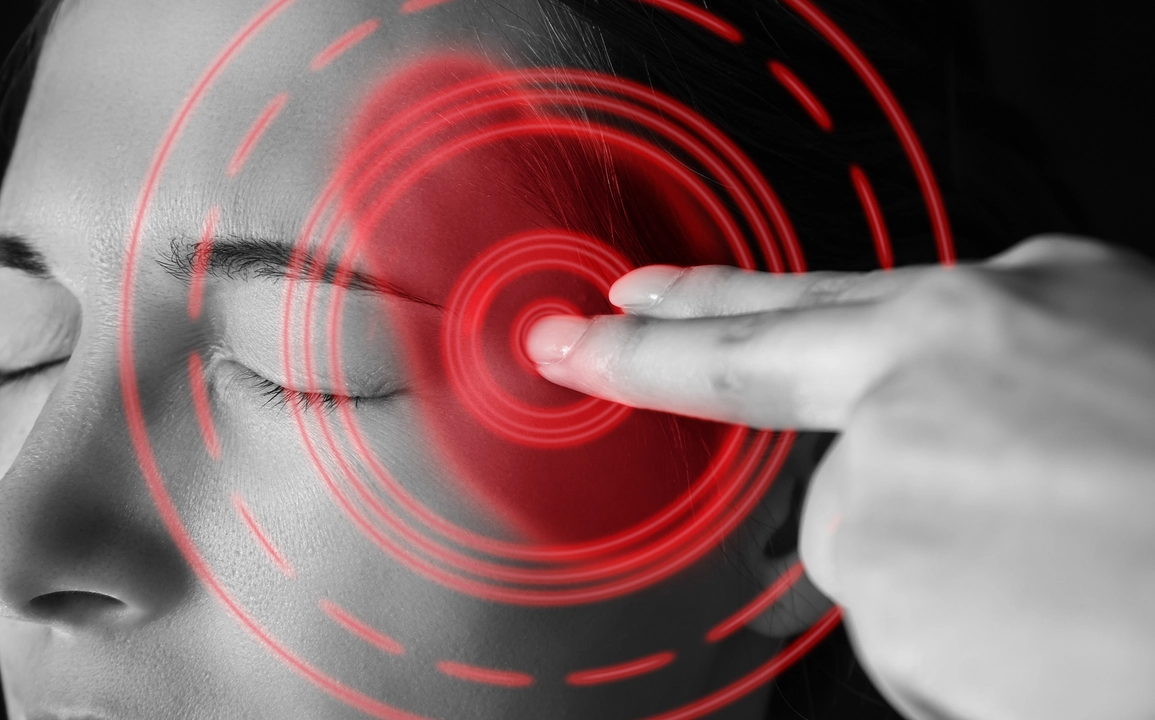Spasms: quick relief, prevention, and when to get help
Spasms hit suddenly and hurt. They can be brief or last minutes, show up in calves, feet, hands, the belly, or even the neck. Most are harmless and caused by simple things you can fix at home. This guide gives fast actions you can take now, practical ways to stop them coming back, and clear signs that mean you should see a doctor.
What usually causes spasms? Common causes are dehydration, low electrolytes (potassium, magnesium, calcium), muscle overuse or fatigue, poor circulation, and nerve irritation. Certain medications — like some diuretics or statins — can trigger cramps. Medical issues such as diabetes, thyroid problems, or pregnancy also raise risk. Knowing the trigger helps you treat and prevent future attacks.
Fast relief you can try right away
Stop the activity that triggered the spasm. Gently stretch the tight muscle — for a calf cramp, pull your toes up toward your shin and hold for 20–30 seconds. Massage the area with firm pressure, then slowly move the limb to boost blood flow. Use heat (warm towel or shower) for a stiff, tight muscle; use ice if the area is sore or swollen after the spasm.
Drink fluids with electrolytes if you suspect dehydration — a sports drink, oral rehydration mix, or a salted water sip helps fast. Over-the-counter pain relievers like ibuprofen or acetaminophen ease the ache, but they won’t stop the cramp itself. Avoid forceful jerking of a cramped muscle; that can cause injury.
Prevention and longer-term fixes
Stretch regularly, especially before sleep and after exercise. Keep a steady hydration habit: small amounts of water throughout the day beat gulping late. Add potassium-rich foods (bananas, potatoes), magnesium (nuts, leafy greens), and calcium (dairy or fortified alternatives) to your diet if you skip them now and then. If cramps are frequent, ask your doctor about a short magnesium trial — it helps many people.
Check medicines with your clinician if cramps started after a new drug. Build exercise gradually to avoid sudden overload. For night cramps, calf-stretch routines or wearing a night splint can help. If spasms are localized and persistent (eyelid flutter, focal neck spasms), treatments like physical therapy or botulinum toxin injections may be options — a specialist can advise.
When should you see a doctor? Get medical help if spasms are severe and don’t ease, come with swelling or weakness, follow a recent injury, involve chest/abdominal muscles or breathing, or appear suddenly in someone with new medication or a chronic condition. Your clinician may order blood tests (electrolytes, thyroid, kidney function), nerve tests (EMG), or imaging depending on the pattern.
Track your episodes for a week: note time of day, what you ate, activity level, and any medicines. That makes it faster for your clinician to find the cause. If you’re unsure, reach out — stopping frequent spasms improves sleep, activity, and comfort fast.
The connection between spasms and migraines
As a migraine sufferer myself, I recently came across some fascinating research about the connection between spasms and migraines. Apparently, muscle spasms in the neck and shoulders can act as triggers for migraines due to the tension they cause. This tension may lead to inflammation and irritation of the nerves, which in turn can result in a migraine attack. It's important to recognize these spasms and seek appropriate treatment to help prevent migraines. In my journey to manage my migraines, exploring this connection has been an eye-opening experience, and I hope it can help others too.
View More
